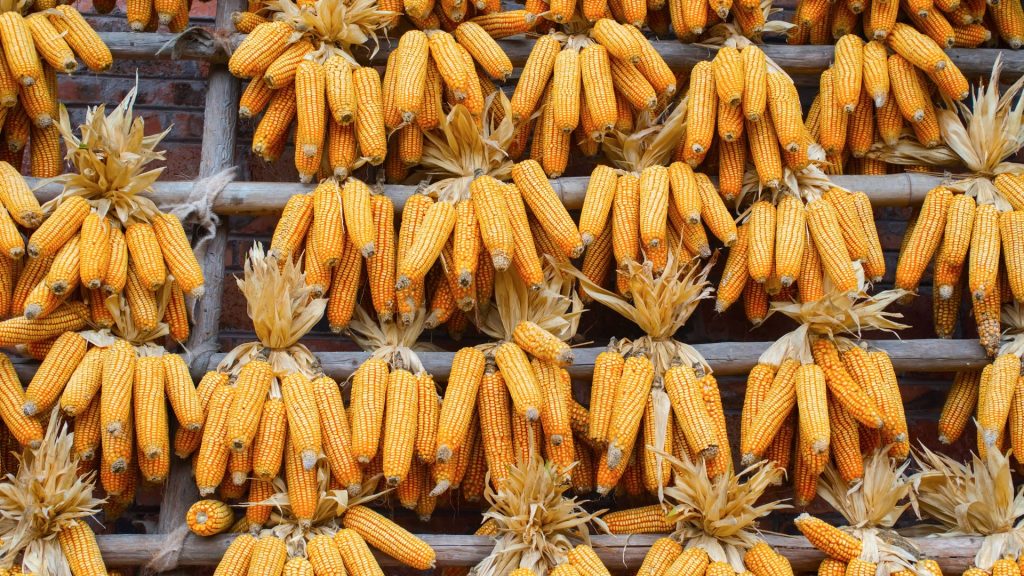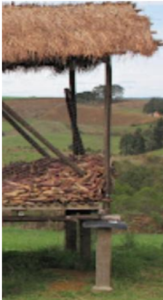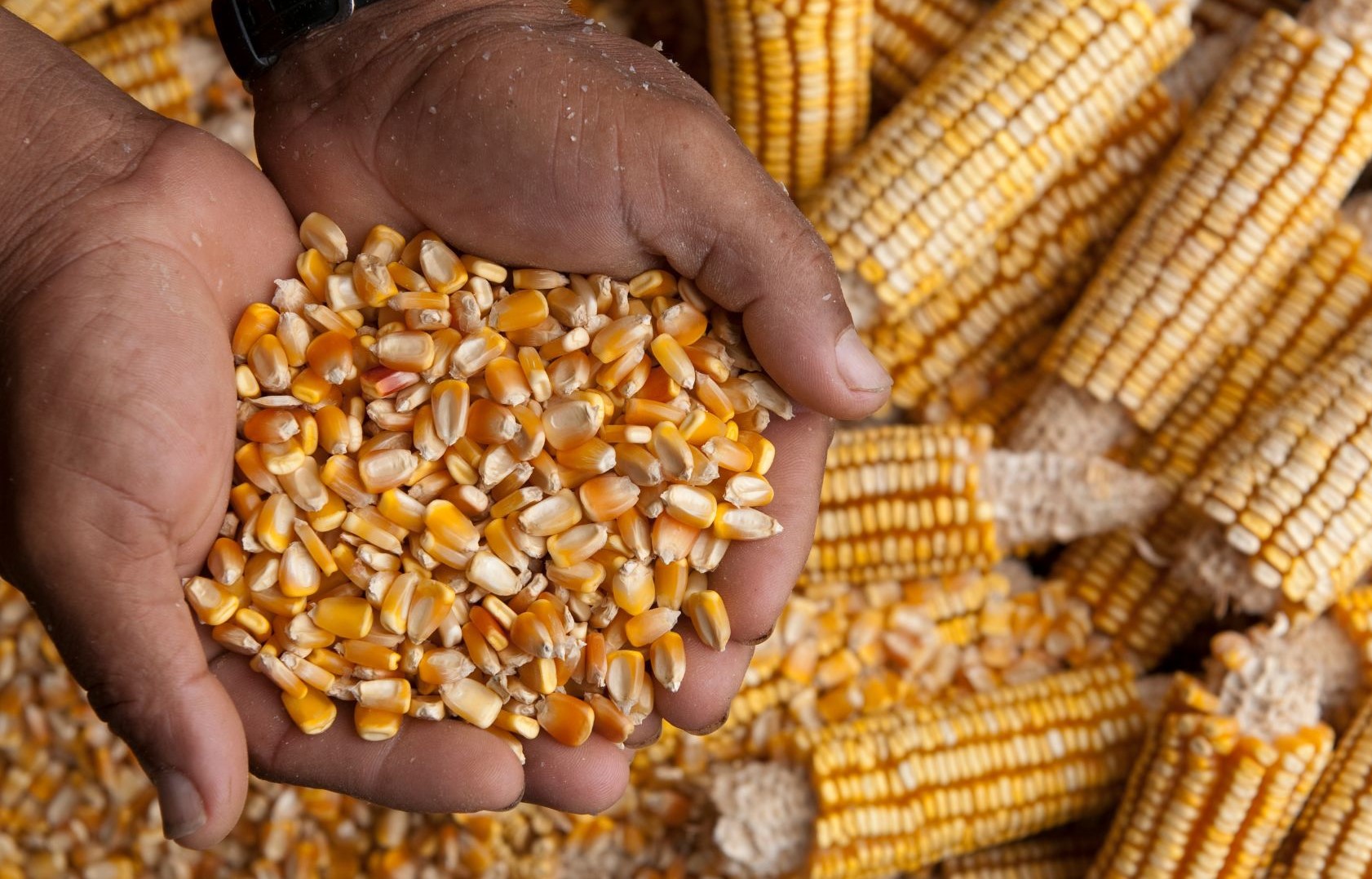Agroecological guidelines for storage of cereal grains for smallholder farmers
Proposals for the storage of cereal grains from small subsistence crops in countries with food and nutritional insecurity
Since 2013 the official publication: “Smallholders, food security, and the Environment”, on the International Fund for Agricultural Development (IFAD) recognized that: Smallholders are a vital part of the global agricultural community, yet they are often overlooked; Smallholders manage more than 80% of the estimated 500 million smallholdings on the planet and supply more than 80% of the food consumed in much of the developing world, contributing significantly to food security and poverty reduction. However, these small farmers often live in remote and environmentally fragile locations and are often part of marginalized and underprivileged populations. Thus, due to the always precarious socioeconomic conditions, family farmers and/or small agricultural producers store their grain harvests in a rudimentary and inappropriate way, inadvertently causing considerable losses in both the quantity and quality of stored grains.
We emphasize that the agroecological orientation is special and distinct because it is characterized by being: Economically viable, Ecologically correct, Socially fair, Culturally adequate, Technologically appropriate, and Scientifically proven. Therefore, based on the agroecological principles, this extensionist post aims to guide family farmers and/or small food producers worldwide, especially in countries with systematic food insecurity and chronic nutritional deficiency, to reduce these losses considerably. As an immediate consequence, improving the family’s living conditions is provided through improving food, nutrition, and socioeconomic conditions. Another immediate consequence of this proposal is the possibility of people settling in the countryside, with the generation of decent employment and income allied to environmental protection and conservation, effectively contributing to the reduction of rural exodus and the recurrent attempts at disorderly immigration to the developed countries, especially in Europe and the United States.
Agroecological guidelines for storage of cereal grains
These guidelines will apply mainly to the storage of corn, rice, and beans but may also be applied to any other cereal species, as well as to all types of seeds.
For corn, we will consider storing the harvested ears in small barns or storing the bulk grains in plastic containers* discarded as waste (*Any container with a lid made of plastic, used primarily for storing liquid substances). These plastic containers are also suitable for rice, beans, and other cereals in bulk and for all types of seeds.
Another very safe and economical alternative is storage in underground plastic silos in the shape of a trench.

The following precautions must be observed for small barns:
- Isolated construction, with a floor raised from the ground, around 1 meter. Fence all small barns with chicken wire and adopt one removable access ladder.
- Well-ventilated place and roof free of leaks.
- Endowed with anti-mouse devices (cones shaped like a Chinese hat) in its support columns.
For the plastics container, after the corn threshing operation or after the obtention of other grains, manual fanning is carried out in homemade sieves, in which the husk of the grain is separated, and also the harvest residues are eliminated. Such residues include leaves, sticks, pebbles, earth, clods, insects, and other inconvenient fortuitous residues.


During sieving, it is also possible to manually remove rotten, damaged, and/or defective grains. Then, the entire interior volume of the plastic container is filled with the processed grains, taking care to shake the container all the time, making it vibrate so that all its internal space is filled, and there is little space for atmospheric air permanence.
As an aid in the control of several species of insects and pests in grains, it is suggested (optional) the addition of burnt wood ashes, concomitantly filling the grains in bulk in the plastic drum, at a ratio of 1×100 (1L of ash for each 100L of grains bulk).
Alternative storage in underground plastic silos, trench-shaped.

Advantages:
- It can be used both for grains sacks (bags) as bulk grains;
- Avoid the use of insecticides to control pests and insects;
- No maintenance costs
Disadvantages: Small durability.
It can be used a maximum of three times, always carefully handling the plastic to avoid perforations.
Trench:
For 5 bags: a trench of approximately: 0.80 x 1.00 x 0.45 m is recommended.
For 10 bags: the recommended trench ditch should have dimensions of about: 1.00 x 1.60 x 0.45.
- Annual systematic exchange of grain seeds
For a better result, we also recommend that an annual systematic exchange of grain seeds accompany the proposed agroecological guidelines for storing cereal grains. It is recommended that it be between farmers who are not close to each other; the more distant, the better!!
It is intended to avoid the genetic degeneration of the species resulting from the practice of multiplication and successive planting of seeds with a repeated origin since a concomitant scheme of genetic protection of the material is impossible for this class of farmers.
Even if the planting area is isolated, it is enough that appreciable rates of natural crossing occur in it, which is normal in family farming, so that, in a short time, the seed loses its genetic identity, in addition to other inherent characteristics.
It is also noteworthy that, with the advent of multinational agricultural companies, which hold the exclusive reserve of seed trade, practicing abusive prices for having market dominance, they dramatically make access to quality seeds by small producers unfeasible.
Even the growing use of corn to obtain biofuels requires urgent consideration and debate since corn is one of nature’s noblest foods for human (and animal) feeding, and millions of poor people are suffering from the uncontrollable rise in prices, with the consequent and dramatic scarcity of this noble cereal, resulting from the diversion of purposes. It is even suggested reflections and debates on this subject.
- Crop rotation
It consists of systematically alternating agricultural plant species in the same planting area to naturally improve the control of resident weeds and hosted insects by breaking development, varying nutrient absorption, and varying root penetration.
Advantages of crop rotation:
- diversified food production,
- improvement of the physical, chemical, and biological characteristics of the soil,
- help in controlling diseases and pests,
- replacing organic matter, and
- protecting the soil against the action of climatic agents resulting from global warming and the effect greenhouse, with beneficial effects for the entire environment, its ecosystems, and biodiversity.










































































